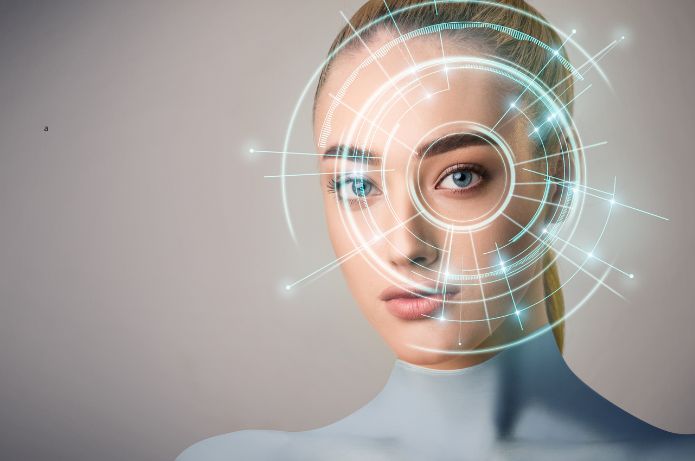As companies adopt generative AI, the leadership must reflect on whether employee training is keeping up with this evolution. Almost half of global employers (48%) already use AI, but the lack of talents with specific skills worries 31% of them. The data is from 2025 Trends Reportfrom ManpowerGroup, global leader in workforce solutions.
Despite the focus on innovative adoption, the companies, many times, they hinder the training of professionals in the use of AI tools, what can contribute, among other factors, for a talent shortage in the market —the index in Brazil reaches 81%, according to data from the Talent Shortage Researchalso from ManpowerGroup.Besides thinking only about implementing the technology, leaders need to analyze why and how they will use it, and what is missing for employees to improve their skills.
That's because many companies end up focusing on the productivity that AI can bring, without clearly defining the strategic intention of the use. She helps, yes, in productivity, as long as there are humans behind it to bring it to its full potential. Proof of this is that the performance of skilled professionals can increase by up to 40% with the tool, compared to those who do not use it, second Harvard Business Review studies, with Boston Consulting Group.
However, for Andréa Felgueiras,Executive marketing manager for talent attraction at ManpowerGroup, those who do not yet have this training may feel overwhelmed by the productivity demand that comes with AI. The lack of clarity on how the solutions will be adopted, and training of employees, it can have an effect on mental health and your demand efficiency. Many do not know what AI is, therefore, they will not know how to optimize the use. At the same time, there are those who know, but does not have the sufficient skills that the role requires. To avoid these scenarios, companies need to start from scratch, identifying how the use of the tools will be carried out and what are the possible bottlenecks and challenges for this, both in relation to employees and business innovation, comment.
To train employees to make successful use of the available resources, it is interesting to map the levels of knowledge about artificial intelligence. Thus, it is possible to determine which paths to follow with each profile, with introductory or intensive courses. From this, Learning journeys should be undertaken for different levels and progress should be monitored.
This ongoing training proves to be the way to meet the growing demand for professionals capable of working with AI and overcoming the existing skills gap today. Employers need to exploit it as a way to grow the business and contain talent shortages.
Such training and awareness about AI should be a 360º movement, in all sectors of the company, not only for a part of it. This includes C-Levels and leadership, who will take the lead and manage the employees; and the recruiters, who will be watching for new talents and need to know how to identify which AI skills are necessary, comment on the executive. Of course, professionals being curious and dedicating themselves to training are important differentiators, but in this race to adopt AI, they are the companies that play the role of protagonist, complement.
These changes will help professionals and employers avoid becoming obsolete in the face of AI evolution in the job market. After all, in five years, 69 million new jobs will be created and the skills required are expected to change by 50% (compared to 2016); only generative AI should accelerate this transformation to 68%, point out World Economic Forum data.
The executive emphasizes that the movement will require cultural transformations in companies, like all innovation that came before and redefined the way of working. It is necessary to find the balance between wanting to innovate and having a team prepared for it, complement Andréa


